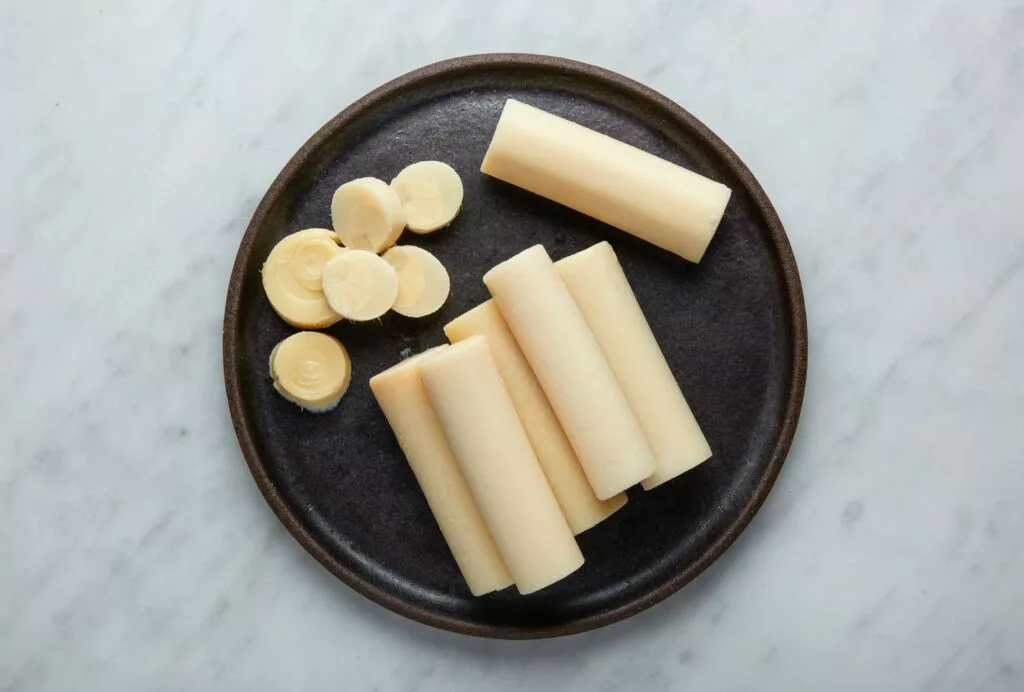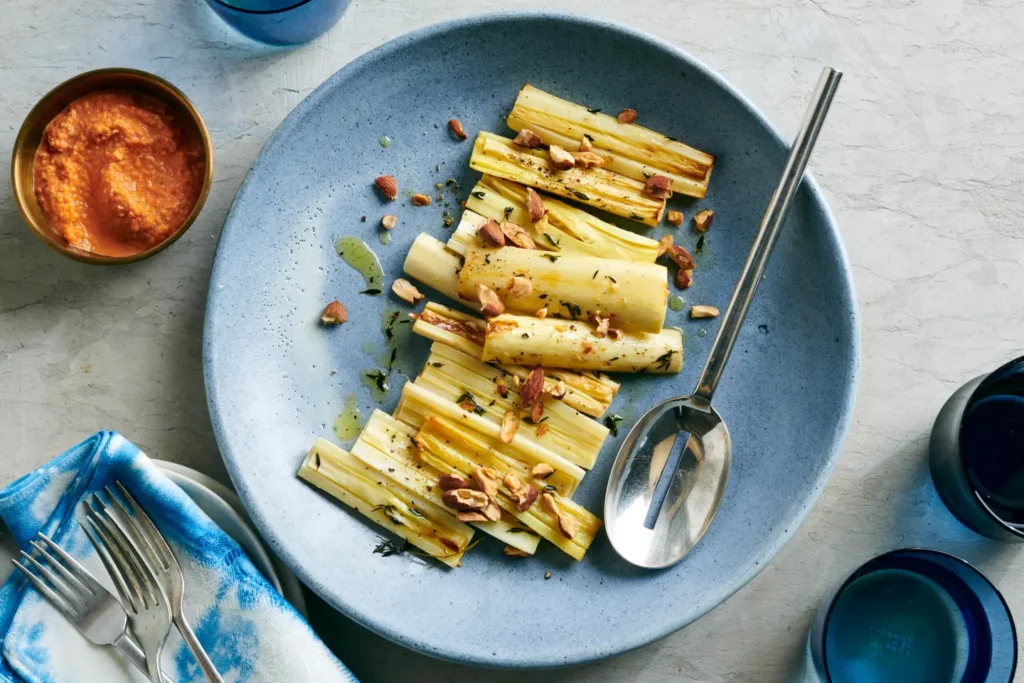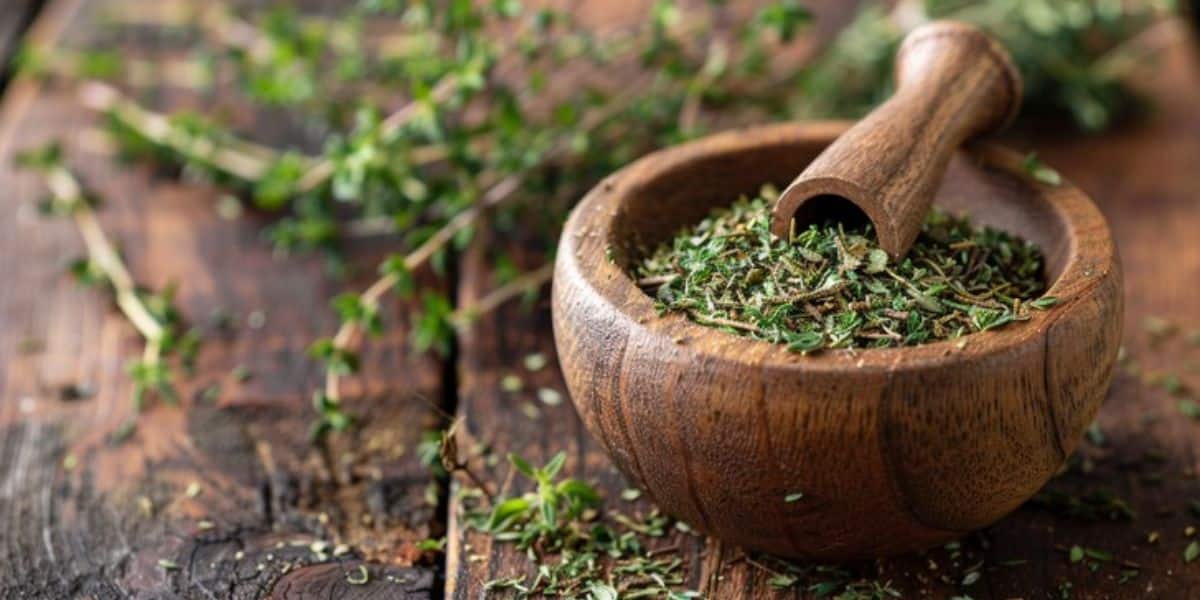Have you ever savored a dish so unique that it left an indelible mark on your palate? Heart of palm is one such marvel. A prized ingredient among chefs globally, it’s a food that intrigues and delights. But what does heart of palm taste like?
In this comprehensive guide, we’re exploring the delicate flavor of heart of palm, its remarkable health benefits, and its starring role in a variety of culinary creations. Whether you’re a gourmet aficionado or a curious food explorer, prepare to embark on a flavorful journey that will tantalize your taste buds!

Credits: Mashed
The Taste Profile of Heart of Palm
What does heart of palm taste like? If you’re expecting a simple answer, you might be surprised. Its flavor is unique, yet somewhat familiar, a delicate balance that intrigues the palate.
First off, the texture: it’s soft but also crunchy, a combination that makes every bite interesting. Now, the taste: it’s subtly sweet, not overpowering, with a flavor that many compare to artichoke and a hint of nuttiness. It’s this mild, versatile taste that makes heart of palm a favorite in many dishes, from salads to stir-fries.
The difference between fresh and canned heart of palm is notable. Fresh hearts of palm have a crisper texture and a more pronounced taste, while the canned variety is more convenient and still tasty, but might lack some of the freshness.
Nutritional Benefits
The heart of palm isn’t just a tasty treat; it’s also a nutritional powerhouse. Here’s why this vegetable is a fantastic addition to a healthy diet:
Low in Calories: Perfect for anyone watching their weight, heart of palm is low in calories but can make you feel full, thanks to its fiber content.
Rich in Fiber: Great for digestion, it helps keep your system regular and supports gut health.
Packed with Protein: Uncommon for vegetables, heart of palm has a decent amount of protein, essential for muscle repair and building.
Full of Vitamins and Minerals: It’s a good source of essential nutrients like Vitamin C, Vitamin B6, potassium, copper, phosphorus, and zinc, all vital for your body’s overall health.
Heart-Healthy: With no cholesterol and a high amount of potassium, it’s a smart choice for maintaining a healthy heart and regulating blood pressure.
Versatile in the Kitchen: Its nutritional benefits remain whether it’s baked, sautéed, or sliced fresh in salads, making it easy to incorporate into meals.
Also Read: Can You Eat Acorn Squash Skin? An Easy Zero-Waste Guide

Credits: fafdl
Culinary Uses
The heart of palm is a true chameleon in the kitchen, adapting to a variety of dishes with ease. Its unique texture and flavor make it a prized ingredient in many cuisines. Here are some of the many ways this versatile vegetable can be used:
Salads: Perhaps the most popular use, heart of palm adds a crunchy, mild flavor to any salad. It pairs well with leafy greens, citrus dressings, and other fresh vegetables.
Stir-Fries and Sautees: Its ability to soak up the flavors around it makes heart of palm a great addition to stir-fries. It adds a meaty texture without overpowering the dish.
Vegan Substitute: For those following a plant-based diet, heart of palm can mimic the texture of seafood or poultry in various vegan recipes. It’s a guilt-free way to enjoy hearty meals.
Pasta Alternative: Sliced into noodles, heart of palm makes a delicious, gluten-free, and low-carb pasta substitute. It’s perfect for those watching their carbohydrate intake or following a keto diet.
Dips and Spreads: When blended, it becomes creamy and spreadable. Heart of palm can be used to make dips, spreads, or fillings for sandwiches and wraps.
Baked Goods: Surprisingly, heart of palm can also be used in baked goods. It adds moisture and can replace some fats in recipes for a healthier option.
Appetizers: Served on its own, heart of palm can be a star appetizer. Marinate it or serve it fresh with a dipping sauce.
Hearty Stews: Adding heart of palm to stews contributes a satisfying texture and soaks up the flavors of the broth beautifully.
Grilled or Roasted: When grilled or roasted, heart of palm caramelizes slightly, bringing out a natural sweetness that’s incredibly tasty.
Pickled: Just like cucumbers, heart of palm can be pickled. It’s a tangy treat that’s perfect for adding to dishes or enjoying on its own.
The culinary uses for heart of palm are only limited by your imagination. It’s a nutritious, delicious, and versatile ingredient that deserves a spot in every kitchen.
Also Read: Banana Peel Bacon: The Sustainable Alternative to Bacon
Buying Guide
Buying heart of palm can be simple if you know what to look for. Fresh hearts of palm are great — they’re crisp and tasty. You can find them at special grocery stores or markets, but they don’t last long, so use them quickly. If you can’t find fresh ones, canned hearts of palm are easy to find at the store. They last longer and are good in lots of dishes. Just pick a can that doesn’t have a lot of extra stuff added and check the date to make sure it’s not old.
It’s also good to think about the environment when you’re shopping. Some hearts of palm are taken in ways that aren’t good for the rainforest. Try to choose ones that say they’re from places that care about the environment. They might cost a bit more, but it’s better for the planet.
Lastly, think about what you’re cooking. If hearts of palm are the main thing in your dish, try to get the best ones you can. If they’re just one of many ingredients, regular canned hearts of palm are fine.

Credits: Saveur
How to Prepare and Cook
Heart of palm is versatile and easy to prepare. Here are some simple steps to get the best out of this unique ingredient:
Preparation:
- For fresh hearts, peel the fibrous outer layer to reveal the tender core.
- Rinse under cool water before using.
- Slice into rounds or strips for salads, or dice for soups and stews.
Cooking Methods:
- Sautéing: Quick and easy; just a few minutes in a hot pan brings out a nice, caramelized flavor.
- Boiling/Simmering: Ideal for soups and stews; make sure not to overcook to maintain their texture.
- Baking/Roasting: Great for a deeper flavor; requires a bit more time but results in a nice outer crispness.
- Blending: Perfect for dips and sauces; canned hearts work best for a smooth, creamy texture.
Also Read: How to Tell if Your Shredded Coconut Has Gone Bad?
Key Tips:
- Avoid overcooking; it makes them mushy and less flavorful.
- Pair with complementary flavors; its mild taste works well with a wide range of ingredients.
- Experiment with different dishes; its versatility makes it suitable for various culinary creations.
Conclusion
Heart of palm is a testament to nature’s bounty, offering a unique blend of taste, health, and versatility. Its culinary uses are limited only by one’s imagination, making it a must-try for anyone who adores good food. So, whether you’re whipping up a storm in the kitchen with innovative heart of palm recipes or savoring it in a gourmet dish at a fine eatery, heart of palm is sure to leave a lasting impression. Embark on this gastronomic journey, and let heart of palm regale your senses!
Ready to revolutionize your vegan meals with sustainable ingredients? Dive into our food blogs to discover innovative recipes and your ultimate guide to eco-friendly supplies!










